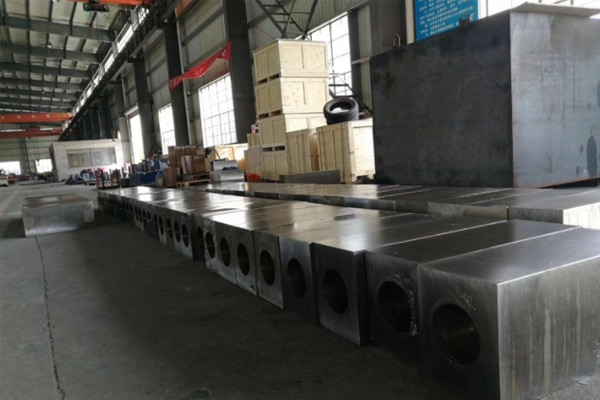Compared with ordinary steel, special steel has higher strength and toughness, physical properties, chemical properties, biocompatibility and process performance. But special steel has some different characteristics from ordinary steel. For ordinary steel many people are more understanding, but for the characteristics of special steel, many people said more confused. Therefore, the following article focuses on the characteristics of special steels.
Features of special steel:
Compared with ordinary steel, special steel has the characteristics of high purity, high uniformity, ultra-fine structure and high precision:
(1) High purity. The content of gas and inclusions (including metal inclusions with low melting point) in steel can be reduced. When the purity of steel is increased to a certain limit, not only the original properties of steel can be greatly improved, but also new properties of steel can be endowed. For example, the oxygen content in bearing steel is reduced from 30×10-6 to 5×10-6, and the bearing life is increased by 30 times. Universal austenitic stainless steels are immune to stress corrosion when the phosphorus content is reduced to 3×10-6. At the end of the 20th century, the purity level (10) of steel that can be achieved by mass production is: hydrogen ≤1, oxygen ≤5, carbon ≤10, sulfur ≤10, nitrogen ≤15, phosphorus ≤25.
(2) High uniformity. The composition segregation of steel leads to the uneven structure and properties of steel, which is one of the important reasons for the early failure of steel parts and the difficulty in fully using the potential properties of steel. Modern production technology should make the uniformity of steel reach: car gear steel hardenability band fluctuation is ±3HRC; The content of carbon, nickel, molybdenum ≤±0.01%, and manganese and chromium ≤±0.02% were controlled precisely. The grain size of bearing steel after quenching is spherical and the size fluctuation is 0.8± 0.2 μm. The mechanical properties of the laminated tear resistant steel (Z-direction steel) in the longitudinal, transverse and thickness direction, especially the plastic and toughness requirements are generally similar.
(3) Ultra-fine structure. Ultra-fine microstructure strengthening is the only strengthening mechanism that can increase the strength of steel without decreasing or slightly increasing the toughness. For example, when the grain size of high strength stainless steel AFC77 is refined from 60μm to 2.3 μm, the fracture toughness Kic increases from 100 to 220MPa·m. The irradiated embrittlement temperature of the coarse-grained steel plate in nuclear reactor pressure vessel is 150 ~ 250℃ while that of the fine-grained steel is 50 ~ 70℃. When the carbide size in bearing steel is fine to ≤0.5μm, the bearing life will be greatly improved.
(4) High precision. Special steels should have good surface quality and narrow dimensional tolerances. The accuracy of hot rolled steel rod is up to ±0.1mm, the thickness tolerance of hot rolled sheet coil is up to ±0.015 ~ 0.05mm, and the thickness tolerance of cold rolled sheet coil is up to ±0.003mm.
Post time: Mar-30-2021

